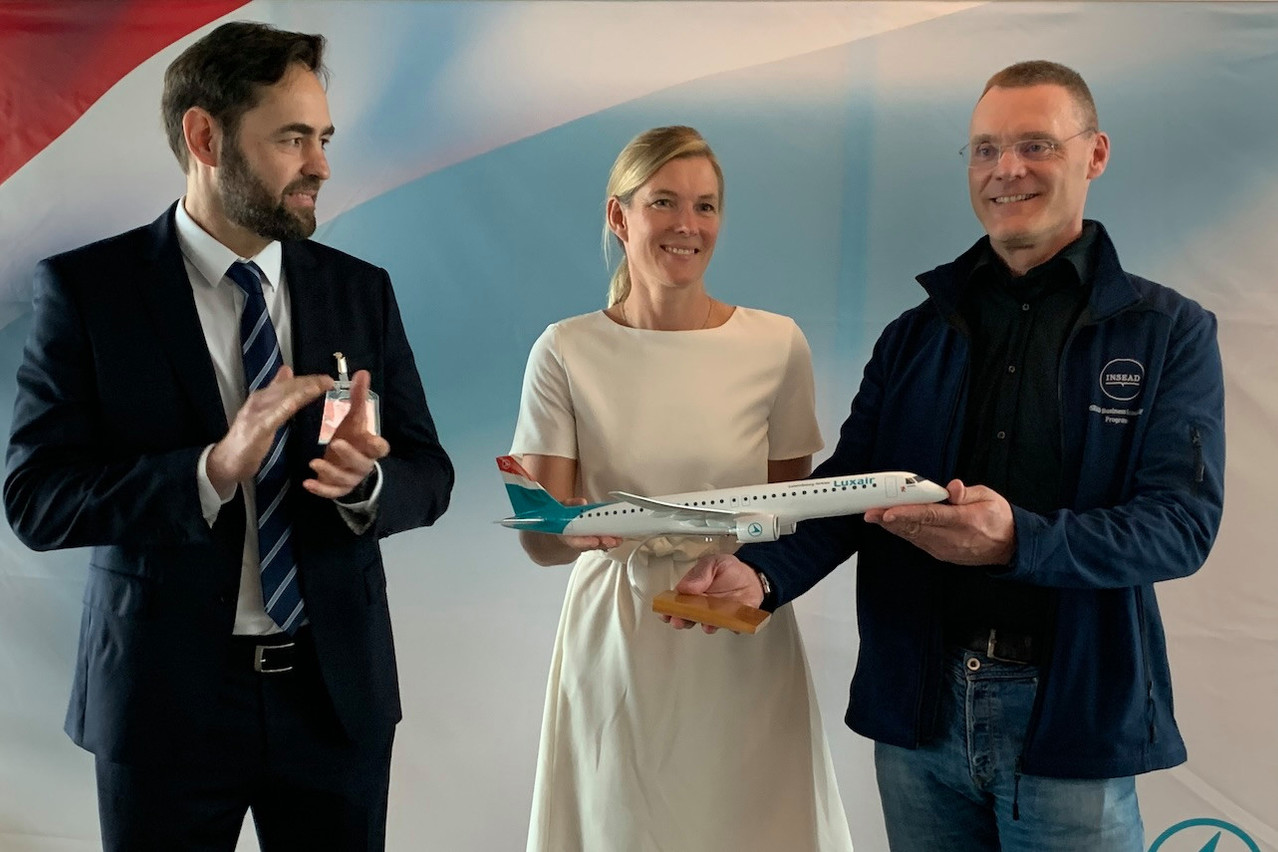The fresh arrival of the sun and the long weekends of April and May are sparking desires for holidays and travel. Surveyed at the end of February, more than 400 Paperjam readers cited the 60 airports to which they would like to be connected or in which they would like to land (some of these airports already have connections with Findel). These top ten include: Singapore (42 mentions), Zurich (40), Munich (30), Dubai (25), Amsterdam (15), Istanbul (13), Paris-Charles de Gaulle (11), London City (10), Frankfurt (9) or Copenhagen (6).
During a roundtable on the future of the airport, Luxair CEO mentioned that he was very attentive to an airport not only as a final destination but also as a stopover to destinations further afield, whether it was an everyday destination or one that was more exotic. Google Flights, he noted, is a good way of discovering different hubs for layovers during a trip.
Check out the alternatives
Take the example of a search carried out on Tuesday 8 April to fly from Luxembourg to New York, leaving on Friday 2 May and returning Friday 23 May. Google Flights offers more than a hundred alternatives, ranging from €437 to €3,481, with one or two stopovers and a flight time that ranges from 10 hours and 15 minutes (starting with a Luxair flight that departs from Luxembourg-Findel) to 43 hours and 3 minutes (also with Luxair).
“Luxair already serves major European airports, offering international connections to other continents with just one stopover,” its press office explains, quoting:
- Paris-Charles de Gaulle for South America, the United States and Asia;
- Madrid for South America;
- Rome for South America and Asia;
- Milan for the United States and Asia;
- Lisbon for South America;
- Porto for South America;
- Geneva for the United States;
- Stockholm for the United States;
- Vienna for Asia;
- or Munich for the United States.
22 aircraft will start arriving next year
The arrival of the new aircraft ordered by the airline “will enable us to strengthen our network with strategic destinations chosen for maximum efficiency and capacity,” says the company. Luxair has placed firm orders for 16 new Boeing 737s (737-7, 737-8, and 737-10 models) and six Embraer E195-E2s. An option for additional orders could bring the total number of Embraers to 21. “Deliveries will start in 2026, but we won’t comment further on the details at this stage,” the press office adds.
Read also
“This reduces carbon and noise footprints, whilst improving passenger comfort: the Embraer E195-E2 and new Boeing 737s boast up to 25% lower fuel consumption, whilst generating less CO2 emissions and noise pollution (up to 50% less compared with previous models); with 30-inch seat spacing, quieter cabins and large-capacity baggage compartments, these aircraft will offer an optimised flying experience for passengers. The arrival of the new aircraft will enable us to gradually increase capacity, expand our network with new strategic destinations and gradually replace older aircraft.”
Being well-connected: a mission and an ongoing battle
“Our mission is to connect Luxembourg and the Greater Region to Europe and beyond, by focusing on the routes that really matter to passengers,” says the company. “We ensure that Europe’s major cities are easily accessible with frequent flights tailored to business travellers, connecting passengers and those travelling to visit friends and family.”
“By focussing on reliable connections, high-frequency business routes and attractive leisure destinations, Luxair continues to bring real added value to its passengers and the region,” adds the airline. Furthermore, “Luxair maintains good relations with the airports in its catchment area, whether they are close to Luxembourg or further away, in order to optimise connections, strengthen its presence in Europe and support regional infrastructure. As has been done with Saarbrücken or Antwerp, we are constantly exploring relevant commercial opportunities.”
“This approach is all the more necessary as some major airports--such as Milan-Linate, Rotterdam or Amsterdam--strictly protect their slots, often to the benefit of national airlines. This limits opportunities for Luxair, whilst, paradoxically, airlines from these same countries can easily access the Luxembourg market. This blatant distortion complicates the development of new routes.”
This article was originally published in .
